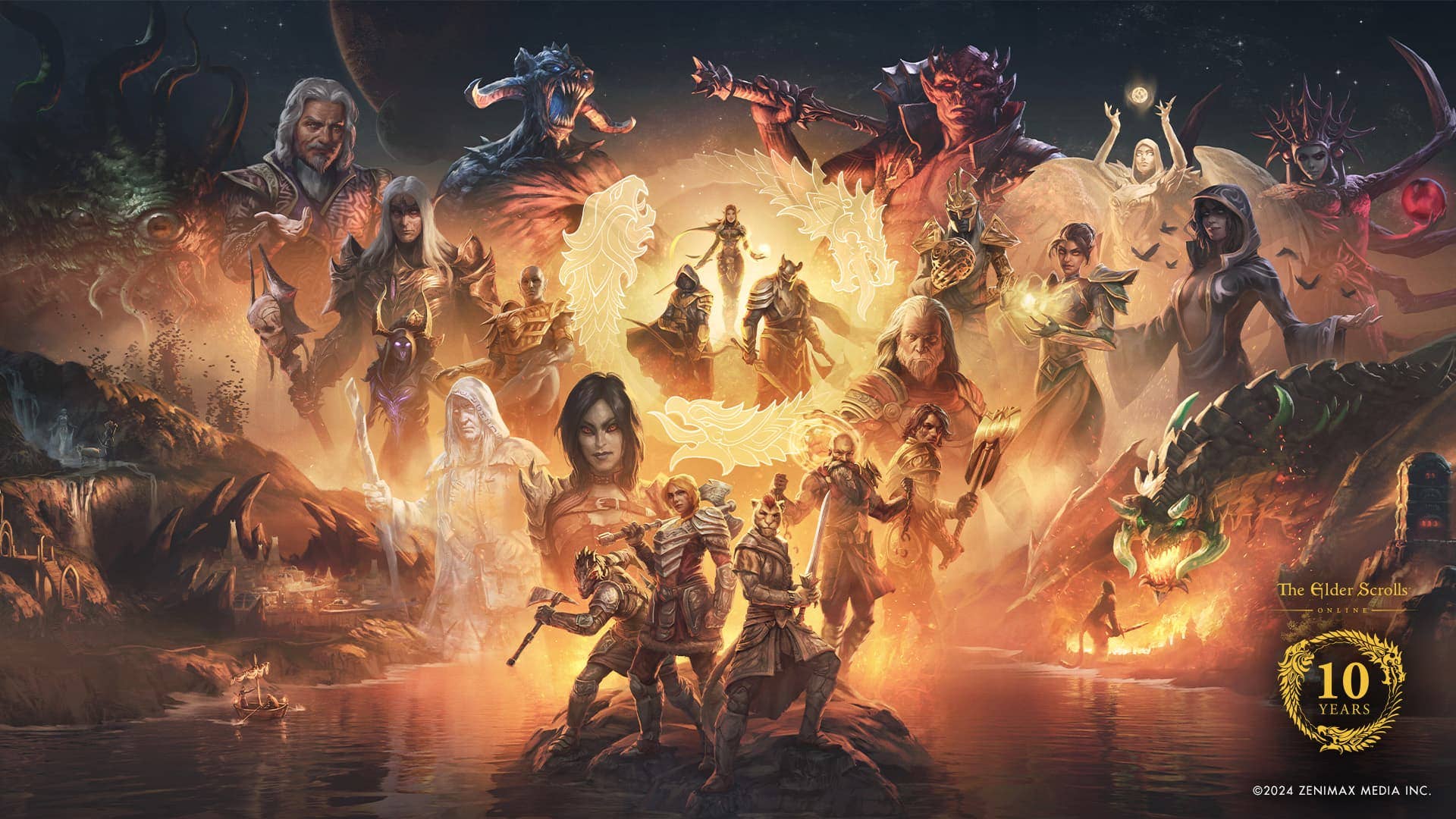For most of the past decade, large parts of the games industry have been operating with a single, deceptively simple sounding guiding principle – that if you want to make real money, serious money, you have to make it big in live service.
It’s not that single-player games are dead in the water, per se. It’s just that, according to this reading of the market, their economics don’t add up to serious money any more. Selling a consumer something once, taking their money and considering the transaction a done deal is so passé – recurring revenue is where the smart bets were being made.
It’s always been inevitable that this tide would start to turn. I have nothing against live-service games, and have enjoyed plenty of them, but as a matter of simple economics, they could never be the industry’s dominant paradigm.
By their nature, successful live-service games hold consumers’ attention for many months, if not years, keeping a firm grip on their wallets at the same time, and thus essentially blocking any other game from thriving. The median consumer has room in their lives and their budgets for one live-service game at a time, with even the most dedicated of them only keeping two or perhaps three on the go at once.
That’s a far cry from the lived experience most people have with regular games – especially for older consumers with more disposable income than disposable leisure time, many of whom will buy games even though they don’t know when they’ll have time to play them, or talk about the backlogs they’re hoping to chip away at over time.
Regular games are time-consuming – that’s part of their value proposition – but they don’t block attention from each other. They’re quite a different ecosystem from live-service games. They don’t aggressively smother each other under canopies of choking shade.
There’s room in the market for a huge number of regular games, but with live-service games, only a handful of winners can ever really succeed, creating an eye-watering risk profile for any new entrant into the market.
The industry’s almost decade-long focus on live service has largely been a result of seeing the rewards that go to those handful of winners. Fortnite, Genshin Impact, Final Fantasy 14, Counter-Strike… When you look at the revenues pouring in from these types of games, it’s no wonder that other publishers want one for themselves.
That desire has become something close to an obsession, because it has blossomed at a time when the economics of the games industry are in a rough spot, to say the least. Development costs have spiralled, but audience growth has more or less stagnated, and the recent (strongly resisted) attempts to establish higher price points only benefit a handful of games at the top of the AAA pyramid. Even then, they don’t fully make up for decades of inflation.
Even if the dream is still attractive, the risk profile has become impossible to ignore
Live-service games looked like they could square that circle, ushering in a new model where developers would front-load the high expenses of creating a game, but then earn massive revenues for years from players buying cheaply created in-game items and currency.
Even if the dream is still attractive, the risk profile has become impossible to ignore – and what we’ve seen in the past year is a slow but nonetheless marked reversal of the trend towards putting live-service aspects into every game possible.
It’s very notable that one of the projects that was dropped in Microsoft’s recent round of cuts was a new MMO being created by Zenimax.

A big new MMO launch was always going to be a challenging thing for Microsoft to pull off, bearing in mind that it has already got World of Warcraft and The Elder Scrolls Online under its banner. How do you launch a new MMO without simply cannibalising players from your other services? But it also essentially falls into the trap of live service in terms of its risk profile. It’s simply not a good time to be asking people to pay yet another monthly subscription fee.
Microsoft is far from alone in its decision making here, though. EA pivoted Dragon Age: The Veilguard away from live service and into a single-player game mid-development. Not to the greatest effect, granted, since the seams were still clearly visible, but what this says about EA’s changing views on live service games is arguably more interesting than the swansong for Dragon Age was.
Capcom also reportedly started work on Resident Evil 9 as an open-world, live service style game, before very sensibly shifting its focus back to the single-player game style that fans of the series crave.
Those are the ones we know about. We also know from comparing forecasts to the eventual reality of their release schedules that publishers like Sony have rowed back significantly on their ambitions for live service launches, even if many of the cancelled or pivoted projects were never made public in the first place.
What has changed, more than anything else, is that all of those high-profile success stories, and the billions they brought in, have been joined by an even larger number of high-profile failures – failures that have stacked up to an extent where they can’t be ignored any more.

Almost every major publisher has now had a very expensive brush with a live-service failure. While examples like Concord, Anthem, and Suicide Squad stick in the mind, there have been dozens of other flops that ended up stumbling on for relatively short lifespans before being shut down. Even publishers with a glowing live-service success on their hands have found that lightning is extremely hard to bottle again. Babylon’s Fall, for example, was probably an especially tough pill to swallow for Square Enix executives dreaming of adding another Final-Fantasy-14-level success to their stable.
However appealing the potential revenues from live service may be, the risk profile is now clear for all to see as well. Most publishers have already put their hands on this hot stove at least once, and lessons have clearly been learned, starting with the understanding that there is relatively limited space for successful ones, with new titles really only having a shot in the market if an established game is faltering.
The era when almost every game had to have a live-service component in order to get green lit is now over
The pot of gold at the end of the rainbow is still going to dazzle a lot of people, and these games will keep getting made. But it’s increasingly clear that the era when almost every game had to have a live-service component in order to get green lit is now over.
What this will mean for publishers like Sony that have built a whole strategy around live service is a tougher question. It’s harder to pivot an entire company’s strategic approach than it is to pivot an individual game: especially when you’ve spent billions of dollars buying Bungie largely to get the expertise needed for that strategy.
It will be interesting, though, to see how many more live-service games in development are being quietly shifted over towards more conventional single- or multiplayer models. And it will be even more interesting to see where publishers turn next as they continue to try to make the economics of their business add up in an era of rising costs and increasingly firm consumer resistance to price hikes.











